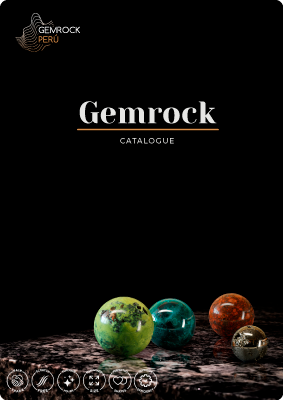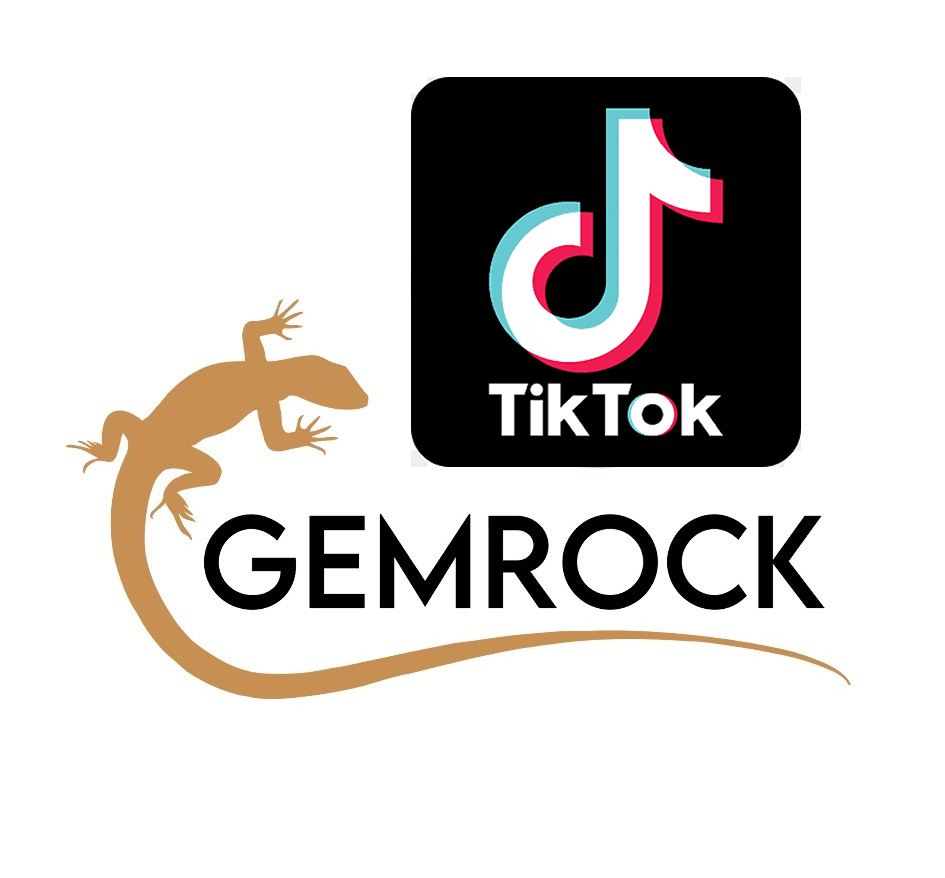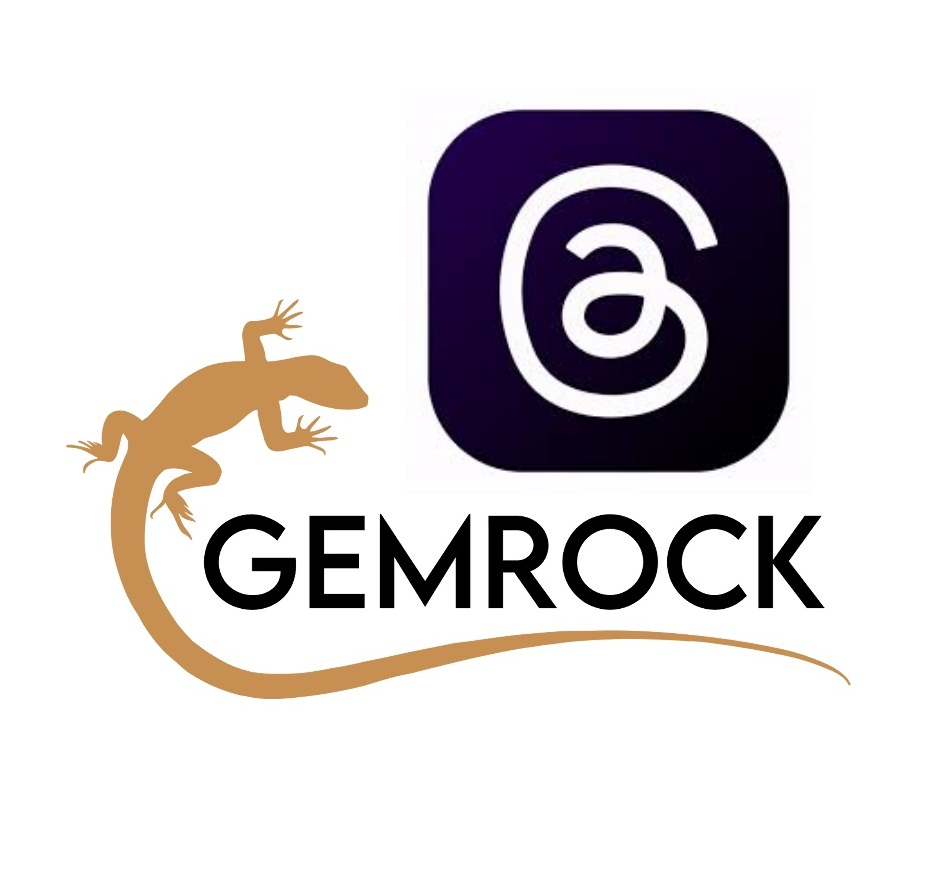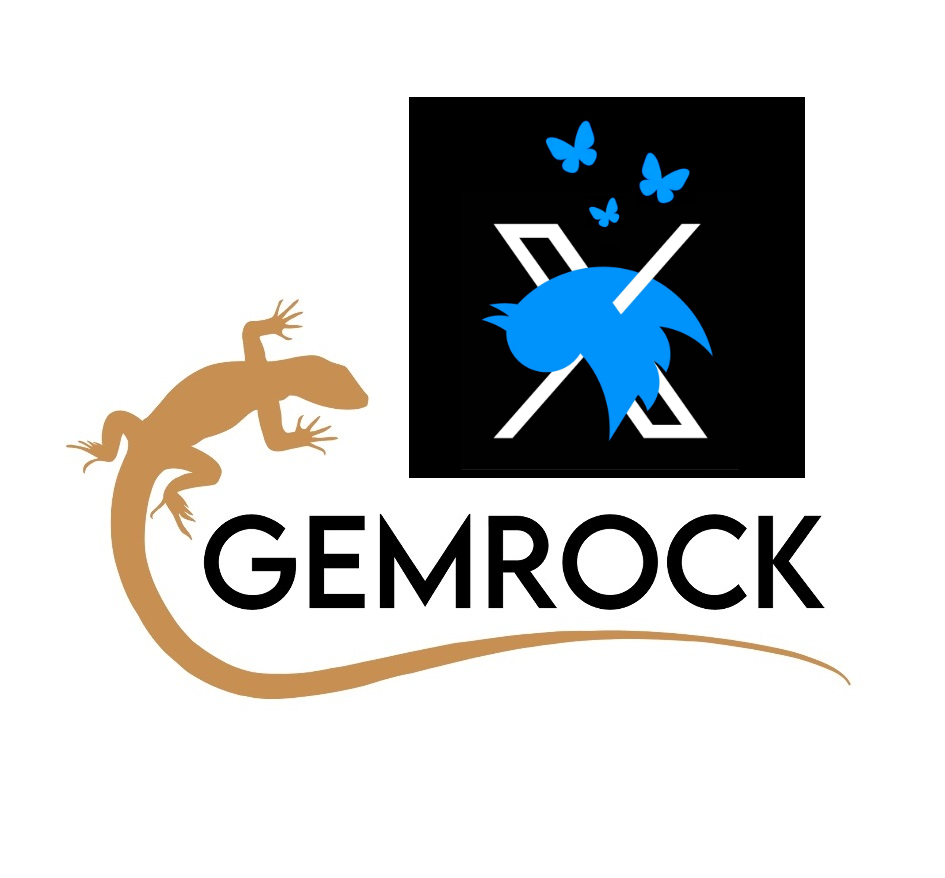Cherry Blossom Stone
Gemstone Quality Standard
(Wrongly sold as “Cinnabrite”)

About Cherry Blossom Stone
Cherry Blossom Stone® consists of a white to yellowish mixture of the minerals Meionite and Wairakite with small patches of pink Thulite, featuring the coloration of cherry blossoms.
On the internet, it is widely known and sold as “Cinnabrite”. However, “cinnabrite” is a fantasy name. It may have been derived from the scientific name “Cinnabarite” referring to pinkish-red cinnabar. This information is false (See below).


Rarity
Cherry Blossom Stone® is only known from Peru.
Availability
We don’t know how big the reserve of this stone is. So far it is readily available. We sell Cherry Blossom Stone® as rough rock, as carved decor products, as preselected jewelry-grade material (slabs), as cabochons and in our jewelry.
You can buy our finished top-quality cabochons for jewelry makers.
National and international shipping from our US-based warehouse.


Color
Cherry Blossom Stone® is white (yellowish) with pinkish spots.
Jewelry-grade color:
Jewelry-grade material should not show black impurities and very little yellowish coloration. The pink spots should cover at least 30% of the cabochon surface.



Impurities
Black impurities are common in Cherry Blossom Stone®. material showing such impurities should not be considered for jewelry.
The white matrix often shows a yellowish tone. it is very rare to find top-quality jewelry-grade material that does not show any yellowish tone in the white matrix. However, jewelry-grade material should show very little yellowish matrix. The whiter the matrix is, the higher the quality of the cabochon.
Jewelry-grade material makes up only 5-10 % of the rough rock coming from the mine.



Polishable
Cherry Blossom Stone® can be polished to glass-finish by experienced gemcutters, like the ones from Gemrock.
Cutting Quality
Advantages:
Cherry Blossom Stone® does not tend to break or chip. Experienced cutters therefore can obtain very sharp unchipped edges between the backside and bezel as well as between the bezel and dome.
Top-cutting-quality is characterized by:
- a polished backside
- a sharp unchipped edge between the backside and the bezel
- a very straight and even highly polished bezel
- a sharp unchipped edge between the bezel and the dome
- a well-shaped dome, not showing any deformation
- Top-quality polish


Beware of false information on the internet about “Cinnabrite”
On the internet, it is widely known and sold as “Cinnabrite” (or “Cinabrite”). However, “cinnabrite” is a fantasy name. It may have been derived from the scientific name “Cinnabarite” referring to pinkish-red cinnabar. Some people think that Cherry Blossom Stone® is composed of cinnabar and quartz, but that is incorrect. The name Cinnabrite should be avoided, as it leads to the wrong perception of the stone containing the toxic Cinnabar. This goes so far as to attribute the terms “dragon blood” and “merchant stone” to this stone. Given the fact that those are historical terms related to the toxic Cinnabar which is not contained in this stone, those references should not be made.
Another misconception is that “Cinnabrite” would contain “pink epidote”. However, real Epidote does not occur in pink.
Chemical analysis made by us should be able to put an end to the ongoing wrongful labeling of the stone:
- The Peruvian Cherry Blossom Stone resembles in its appearance a Namibian stone called “cherry Blossom”, which also contains Thulite.
- There is no “pink” Epidote and no Cinnabar in this stone.
- The pink dots are in fact “Thulite” (Clinozoisite)
- It is the first time that Thulite was reported for Peru.
- Part of the white matrix consists of Meionite, which is part of the scapolite group of minerals (marialite-meionite series).
- The second part of the white matrix is Wairakite, a mineral from the zeolite group (analciem-wairakite series)


Pricing
Adequate pricing must take into account the cost factors to obtain top-quality cabochons:
- Acquisition of top-grade stone with strong color in the mine.
- Selection of material without impurities and discarding more than 90 percent of the rough rock as unsuitable for jewelry.
- A usual material loss of approximately 90 % of the selected material during the cutting and shaping process.
- The level of experience required by a cutter to produce a flawlessly shaped and highly polished cabochon from such a soft material.
You can buy our finished top-quality cabochons for jewelry makers.
National and international shipping from our US-based warehouse.
The data in this sheet has been compiled by reviewing a great number of websites and sales platforms. Cherry blossom stone is not used frequently for jewelry, which may be because of the false information being spread all over the internet about the supposed toxic cinnabar content of the stone.
Material quality:
The material quality that was found during our market research is good. Only a few cabochons have been found that would contain too much impurities.
Cutting quality:
Cutting quality is, as with other stones, very low. polish is low, corners are rounded off.
Quality Grading
Cabochons are sold as AA or AAA grade indicating high quality, but without any serious grading criteria being published. So grading is basically a marketing scam.
Pricing
The average sales price for Cherry Blossom Stone Cabochons is 49 cents per carat.
Jewelry Grade Material:
White matrix without black impurities and with little yellowish tone. at least 30% of the cabochon is covered by pinkish thulite spots.
Cutting Quality:
- Straight bezel (minor irregularities possible), 3 mm high
- Perfect dome (3-5 mm high)
- Edges between bezel and dome, as well as bezel and backside: sharp and crispy, minor chips on lower edge possible
- Backside flat at 280 grit, unpolished
Pricing:
Recommended Retail Price (A): 0.39 USD per carat
Top Jewelry-Grade Material:
White matrix without black impurities and with a little yellowish tone. At least 30% of the cabochon is covered by pinkish thulite spots.
Cutting Quality:
- Straight bezel, 3 mm high
- Flat and perfect dome (3 mm high)
- Edges between bezel and dome, as well as bezel and backside: sharp and crispy, minor chips on lower edge possible but very rare.
- Backside flat, at 280 grit
Additional Quality (AA+): Backside polished
Pricing:
Recommended Retail Price: 0.69 USD per carat
AA+: 0.79 USD/c
Jewelry Grade Material:
White matrix without black impurities and yellowish coloring. At least 30% of the cabochon is covered by pinkish thulite spots.
Cutting Quality:
- Only cut by our best gem cutters
- Straight bezel, 3 mm high
- Flat and perfect dome (1-3 mm high)
- The edges between the bezel and dome, as well as the bezel and backside, are sharp and crispy, with no chips on the lower edge.
Additional quality (AAA+): Backside polished to 3000 grit
Pricing:
Recommended Retail Price (AAA): 0.99 USD per carat
AAA+: 1.09 USD/c


For Charms & Pendants
Ethical Silver Accessories
for Jewelry Makers
Hundreds of charms, pendants & chains
in
950 Silver, Sterling Silver, tarnish-resistant Moonlight Sterling Silver, gold-plated silver and gold.
Guaranteed Free of toxic alloys.
How to avoid fake & toxic silver:

For Chains
Shop your crystals & jewelry NOW
NATURA MINERA
Achetez vos cristaux Gemrock, produits en cristal et bijoux à Québec
GEMROCK CANADA
Online retail shop of ethical, top-quality crystal specimens, jewelry, and jewelry-maker accessories like cabochons, silver chains, silver wire, and charms. Exports to USA.
Gemrock Peru - Tienda
Venta de cristales naturales, piedras talladas y joyería de Gemrock en Peru a nivel nacional.
Cutting services
Do you need reliable high-quality cutting services for a reasonable price? Are you looking for a service provider that is willing to develop new products according to your requirements? Would you like to get expert advice in order to improve your product? Do you wish for someone to optimize the process and get the most out of your rough? Just talk to us.
Free Gemrock Learning Resources
Free Gemrock Learning Resources
Connect wherever you want and can
Connect wherever you want and can
Get in Touch
+51 994104206
gemrockinternational@gmail.com














